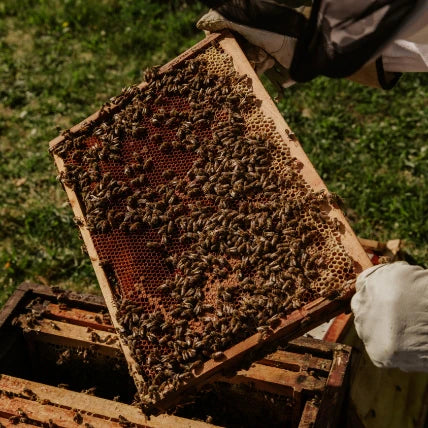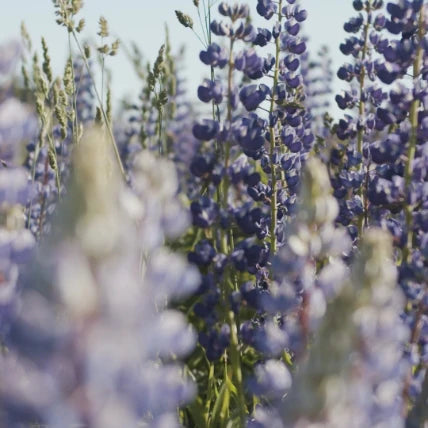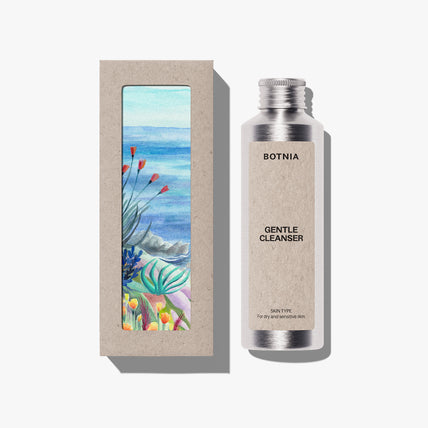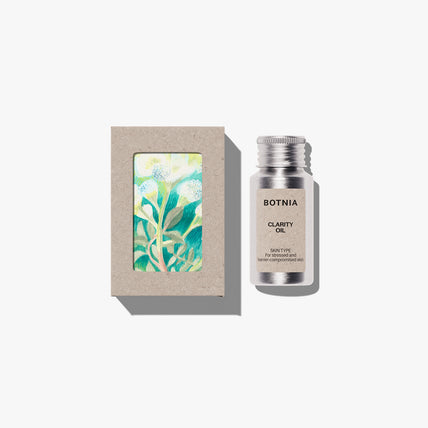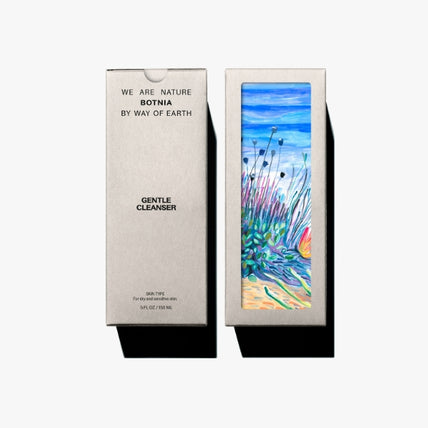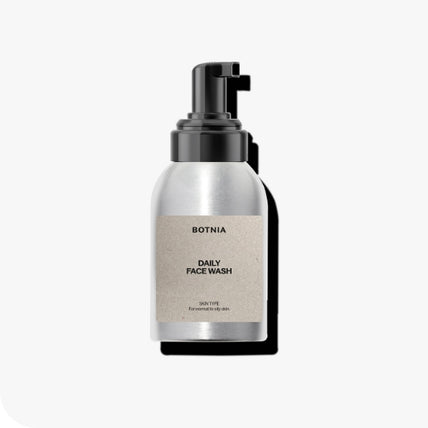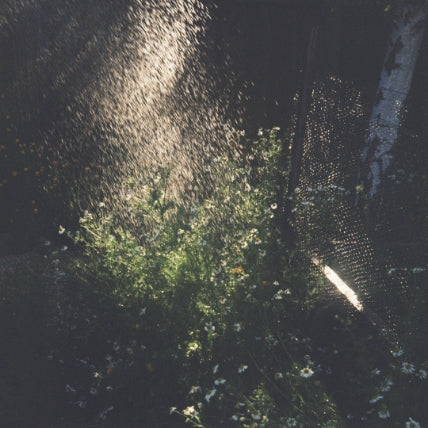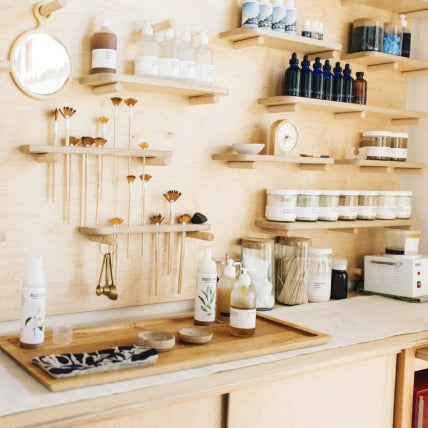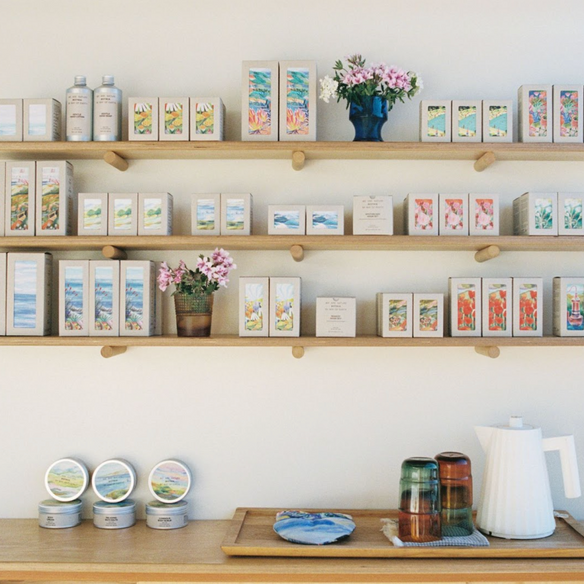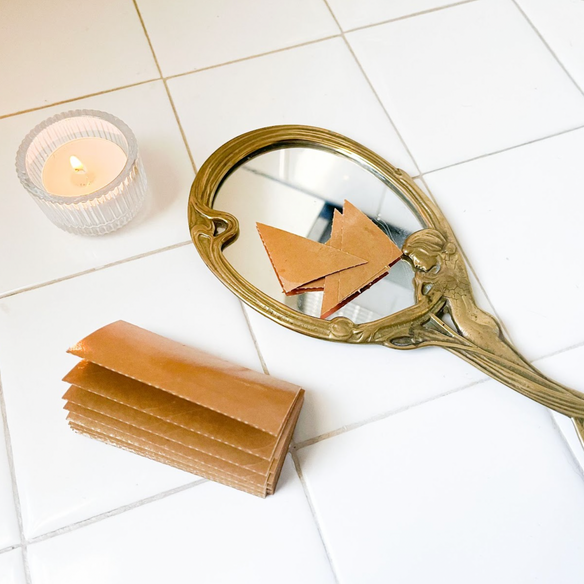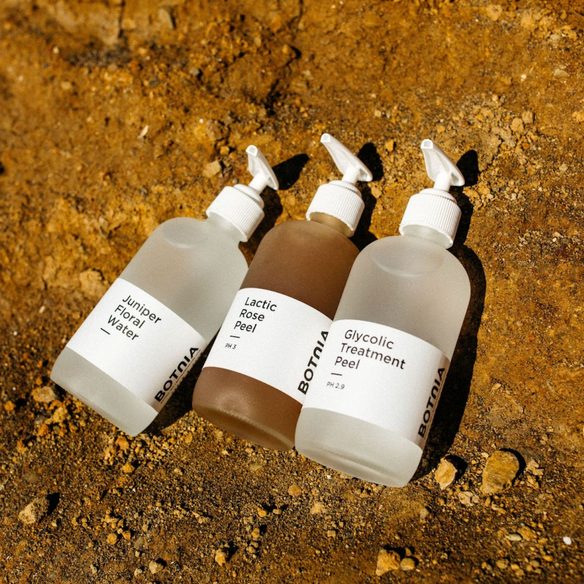
The Science Behind Jojoba Oil in Botnia Skincare
We’re scrupulous when it comes to the ingredients we use in our skincare, especially when it comes to jojoba oil. Our jojoba oil comes from a small farm located on the border of California and Arizona and our farmer has been growing jojoba with his parents since the late 80s starting from seed. Did you know that jojoba oil is really considered a liquid wax? Read on to learn more about this amazing plant and all the benefits you get when using jojoba in your skincare routine.
So, why do we use jojoba in our skincare?
Easy… it’s the oil that’s most similar to the sebum in our skin!
Here are the basics of how sebum works on your skin. It’s a waxy substance that once exuded into the skin’s surface fills the outer cells of our skin, creating a moisture barrier. Because it’s absorbed into the skin, it fills the cells and when the cells swell up, it prevents moisture from leaving the underlying skin tissues. Our jojoba farmer calls sebum “a true moisturizer, the great design from above.” This substance has protected our skin from drying out for millennia! The sebum molecule is a long carbon chain molecule that has only one double bond. This is a super important structure of this molecule because it’s hard for free radicals (oxygen molecules) to break the bond. The good news of this is that sebum doesn’t go bad. But the bad news is that we keep washing it off every day with our skincare routines.
Structurally, jojoba’s molecular makeup is most similar to our sebum, which is why our skin recognizes this molecule, accepts it, and allows it to create the barrier around our skin cells that protects our skin from environmental damage. Jojoba oil is actually a wax (who knew?) that’s composed almost entirely of long-chain fatty acids (wax ester) and alcohols (isopropyl jojobate), accompanied by a tiny fraction of triglyceride esters. Jojoba seeds contain over 40% liquid wax and are a super stable oil with strong bonds that won’t break down once exposed to air. That’s what makes it so special for our skin!
All other oils are mostly triglycerides (fat molecules) made up of three fatty acids and one glycerol molecule. The double bonds on triglycerides once exposed to air and surrounded by oxygen molecules, oxidize and begin to break down, which is what you see when it goes bad or rancid. It’s why we prefer to use jojoba oil over all other oils. Here’s our quick and dirty lesson on oxidation.
Fun fact from our jojoba farmer: There are only 2 other molecules on earth naturally occurring that resemble sebum. The first is found in the Spermaceti sack in sperm whales and the other is, you guessed it, jojoba. His family began investing in jojoba because of their concern for killing whales for its oil, a practice that had been used by the cosmetic industry for years as a perfect skin moisturizer. Once they found the molecular similarities of jojoba and whale oil, they jumped aboard the bandwagon to stop the practice with a renewable solution, jojoba. We couldn’t adore our farmer and his family more!
Benefits of using jojoba
Jojoba is antibacterial and antiseptic (prevents disease-causing microorganisms) and contains vitamin E as well which has antioxidant properties. You already know it’s the perfect moisturizer, keeping your moisture barrier intact, but it also reduces acne and dry skin. You can use it as a makeup remover by using our Balancing Oil Cleanser. It also provides relief from eczema as this skin condition can prevent your sebaceous glands from producing sebum normally. We also love jojoba for the skin because it’s non-comedogenic: it won’t clog pores! Its antifungal and anti-inflammatory properties promote healthy production of the acid mantle, which guards the skin against damaging bacteria and imbalances of the skin. It also has been found to enhance the healing of wounds and accelerate the regeneration of cells. Its vitamin B complex content supports the body’s ability to fight against free radicals and cellular damage. Pantothenic acid (vitamin B5) supports healing, as well as the prevention of dark spots. Jojoba has an exceptionally long shelf life and is absorbed readily by all skin types.
You can find jojoba oil in the following Botnia products:
Balancing Oil Cleanser
Daily Face Cream
Daily Face Cream Light
Restorative Face Cream
Clarity Oil
Replenishing Facial Oil
Wisdom Oil
Body Cream
Gentle Hand Lotion
Luminous Body Scrub
Is jojoba a seed or a nut? Here’s how our farmer describes the difference between the two:
Nuts are usually one-seeded fruit. On the other hand, seeds are the propagative components of a plant. The puzzling and interesting thing is that a nut is a seed, but a seed can’t be a nut. The dry hard shell fruit of nuts does not split open when mature. But a seed normally opens and breaks out from its shell when matured. Nuts are not attached to the ovary, but seeds attach themselves to the ovary walls. You can remove plant seeds from its fruits, for instance removing the seeds inside a pawpaw fruit. As for nuts, the part inside the outer shell is composed of both the seeds and fruits, and cannot be removed. Nuts contain vitamins, proteins, minerals, and fats, while seeds contain protein, vitamin B, dietary fibers, minerals, and fats. To answer our question, the part that’s used to make the jojoba oil is the jojoba seed.
A sustainable future
As you read earlier, our jojoba farmer’s family dove head first into jojoba to avoid the killing of whales for their oil for use in beauty products. In 2000, they found that pressing the seeds to make oil would be the most profitable way to sell jojoba, and they struck liquid gold! Since then, our farmer has been in charge of the production process to make the oil. The 8000 trees on his farm produce about 1000 gallons of oil every year, and he presses about 5 gallons a day. We love our farmer so much because when we’re low on jojoba, we reach out to him and he goes out and hand picks fresh jojoba seeds to be pressed and sends fresh oil to us!
The oil process: The seeds are harvested and sorted by machine and then again by hand. The team removes everything they don’t want in the oil: dirt, rocks, old jojoba seeds, and various other things that don’t get separated out at the farm. The seeds are then pressed, squishing the oil right out of them using an expeller press. The freshly pressed jojoba is then hand poured into bag filters in drums multiple times to remove most of the particles, which stick to the sides of the bag, and gravity does most of the work, saving on electricity. After the settling process, the clean jojoba gets pumped into filters that remove all the bacteria. After filtering, pure, clean, and fresh jojoba is bottled and shipped to us within a week. How cool is that?
As you can see, our jojoba farmer is just as passionate as we are about providing the best products on the market with the purest ingredients. We’re so lucky to have found our jojoba farmer, and we hope that when you use your skincare, you know that each and every seed has been handled and pressed with love.
Xo,
Botnia
